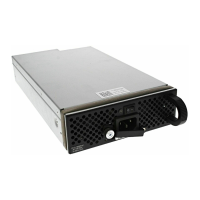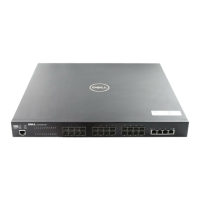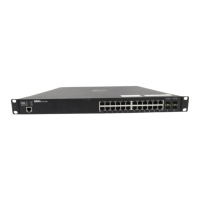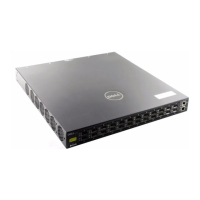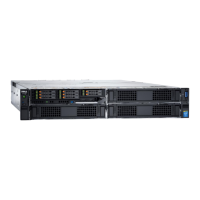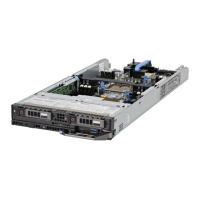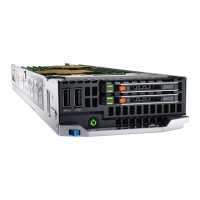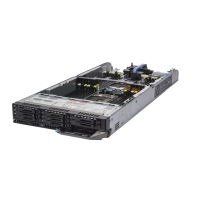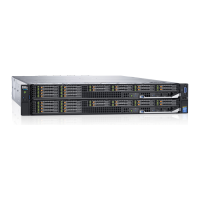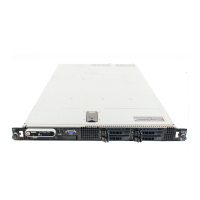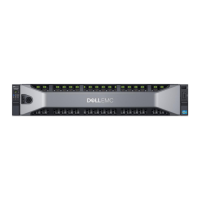380 | Open Shortest Path First (OSPFv2)
www.dell.com | support.dell.com
Troubleshooting OSPFv2
FTOS has several tools to make troubleshooting easier. Be sure to check the following, as these are typical
issues that interrupt an OSPFv2 process. This is not a comprehensive list, just some examples of typical
troubleshooting checks:
• Has OSPF been enabled globally?
• Is the OSPF process active on the interface?
• Are adjacencies established correctly?
• Are the interfaces configured for Layer 3 correctly?
• Is the router in the correct area type?
• Have the routes been included in the OSPF database?
• Have the OSPF routes been included in the routing table (not just the OSPF database)?
Some useful troubleshooting commands are:
• show interfaces
• show protocols
• debug IP OSPF events
and/or packets
• show neighbors
• show routes
To view the state of all the enabled OSPFv2 processes, use the show running-config ospf command
(Figure 20-18).
Command Syntax Command Mode Usage
show running-config ospf
EXEC Privilege View the summary of all OSPF process IDs enables on the
router.
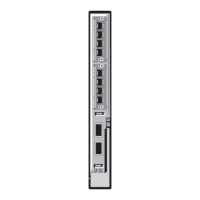
